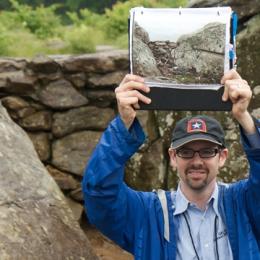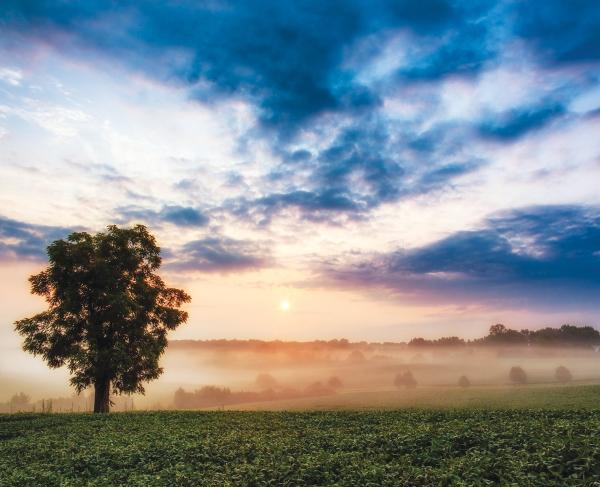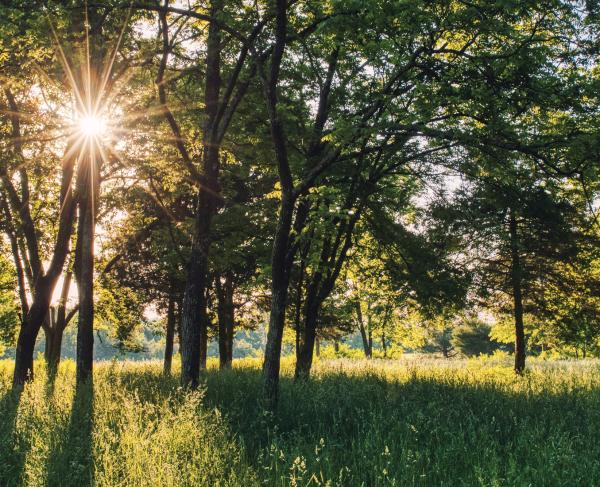New Insights into Cedar Mountain Photography
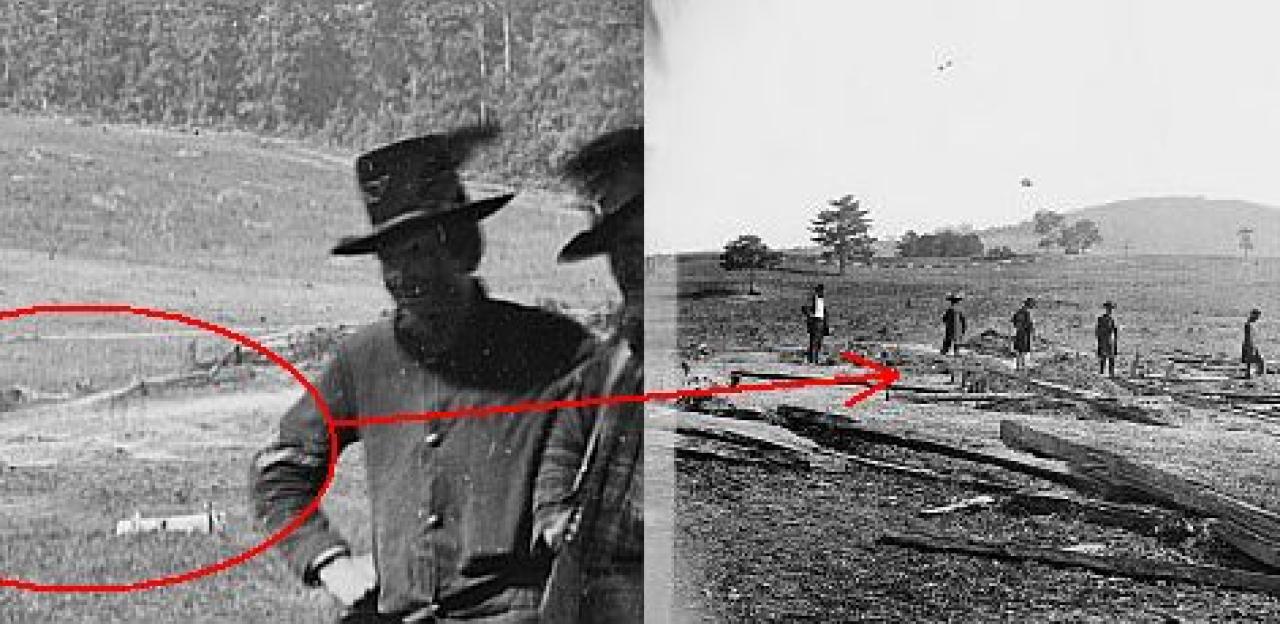
In August 1862, Mathew Brady photographer Timothy O'Sullivan traveled to Northern Virginia to capture photographs following the aftermath of the recent Battle of Cedar Mountain. Learn more about the battle and some new discoveries about these battlefield photographs.

The Battle of Cedar Mountain, which took place on August 9, 1862, was part of the Northern Virginia Campaign. Union Maj. Gen. John Pope was advancing through Virginia in hopes of capturing the railroad at nearby Gordonsville, when his troops ran into Lt. Gen. Thomas “Stonewall” Jackson’s 14,000 Confederates. Although the Federal troops gained an initial upper hand, the Confederates eventually won the battle with help from A.P. Hill’s division.
Confederate troops set up their artillery along the intersection of the Orange-Culpeper Road and the Crittenden Lane, a spot that became known as “the Gate.” Although Confederate guns fired from this position for nearly two hours, Union cannon aimed deadly return fire and slowed the advance of Confederate infantry through this area. The Civil War Trust preserved 152 acres here in 1998.

This fascinating pair of August 1862 photos by Timothy O’Sullivan, shows a fresh battlefield as the soldiers saw it. They also show the same portion of the Cedar Mountain battlefield preserved by the American Battlefield Trust, from opposite directions.



When land is preserved and photo resources exist, we can stand today at the very spot from where Civil War photos were taken. Get on out to our Cedar Mountain walking trail to line up this photo.


A bit of mystery surrounds the spot where Confederate Brig. Gen. Charles S. Winder died after being mortally wounded at the battle of Cedar Mountain. According to original captions on each of these photos – taken by the same photographer – these structures, just a few yards apart, is supposedly the location where Gen. Winder spent his dying moments.
An account from the memoir of Confederate soldier McHenry Howard notes that after being hit, Winder was carried to a local schoolhouse a little less than a mile away from the fighting. Which of these photos depicts the actual schoolhouse, or whether either is a schoolhouse at all, remains a mystery.


The 10th Maine Infantry Regiment served in Maj. Gen. Nathaniel Banks division, and was directly involved in the fighting at Cedar Mountain against “Stonewall” Jackson’s troops. The 10th Maine suffered heavy casualties, including 22 dead, in fierce fighting – much of it hand-to-hand, as General Pope later wrote in his official report.
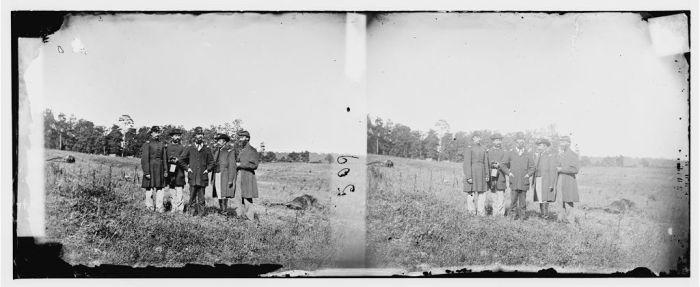
This will be the only chance we will ever have to protect these 97 acres at Brandy Station, and the other 7 acres near Cedar Mountain, and we urgently...
Related Battles
2,353
1,338

